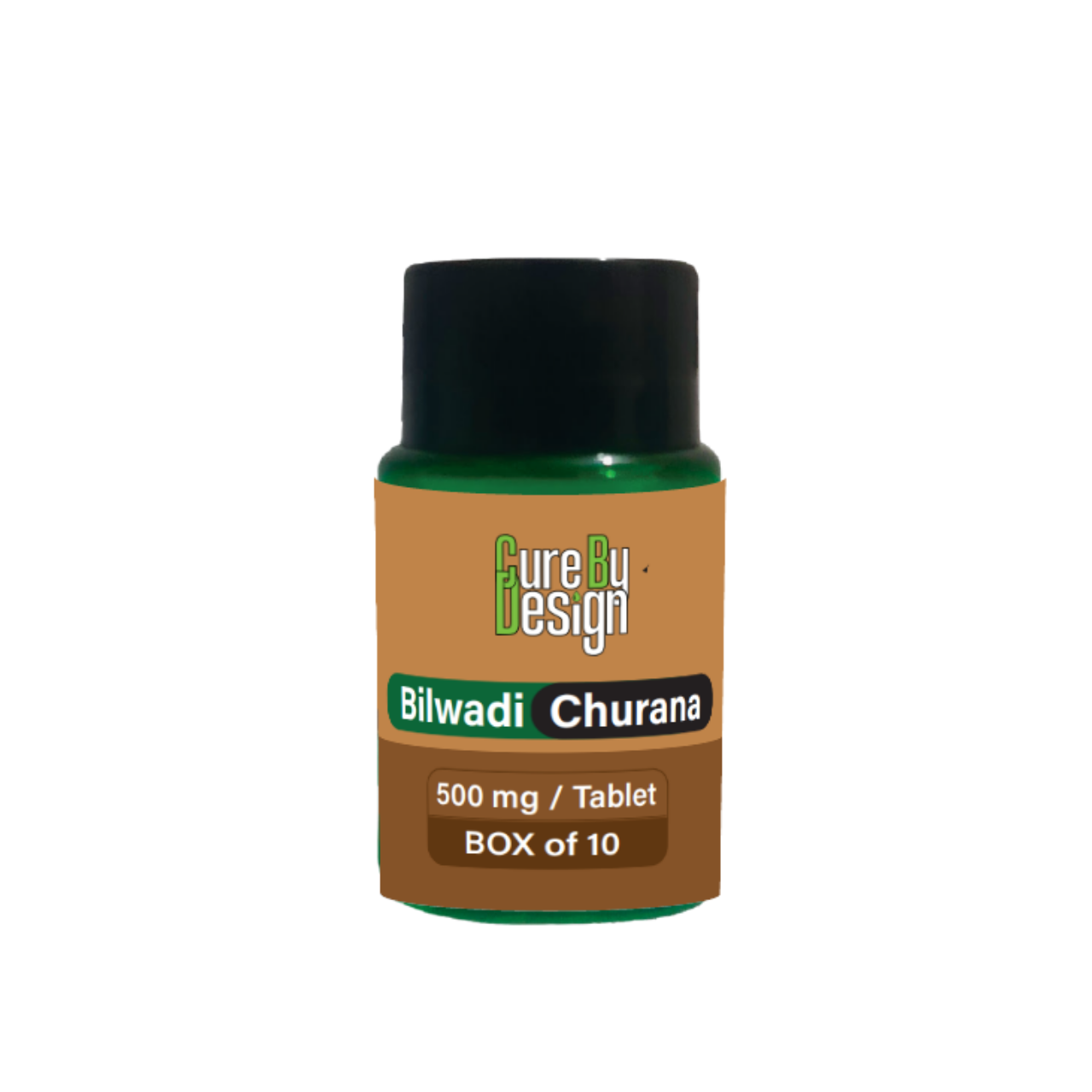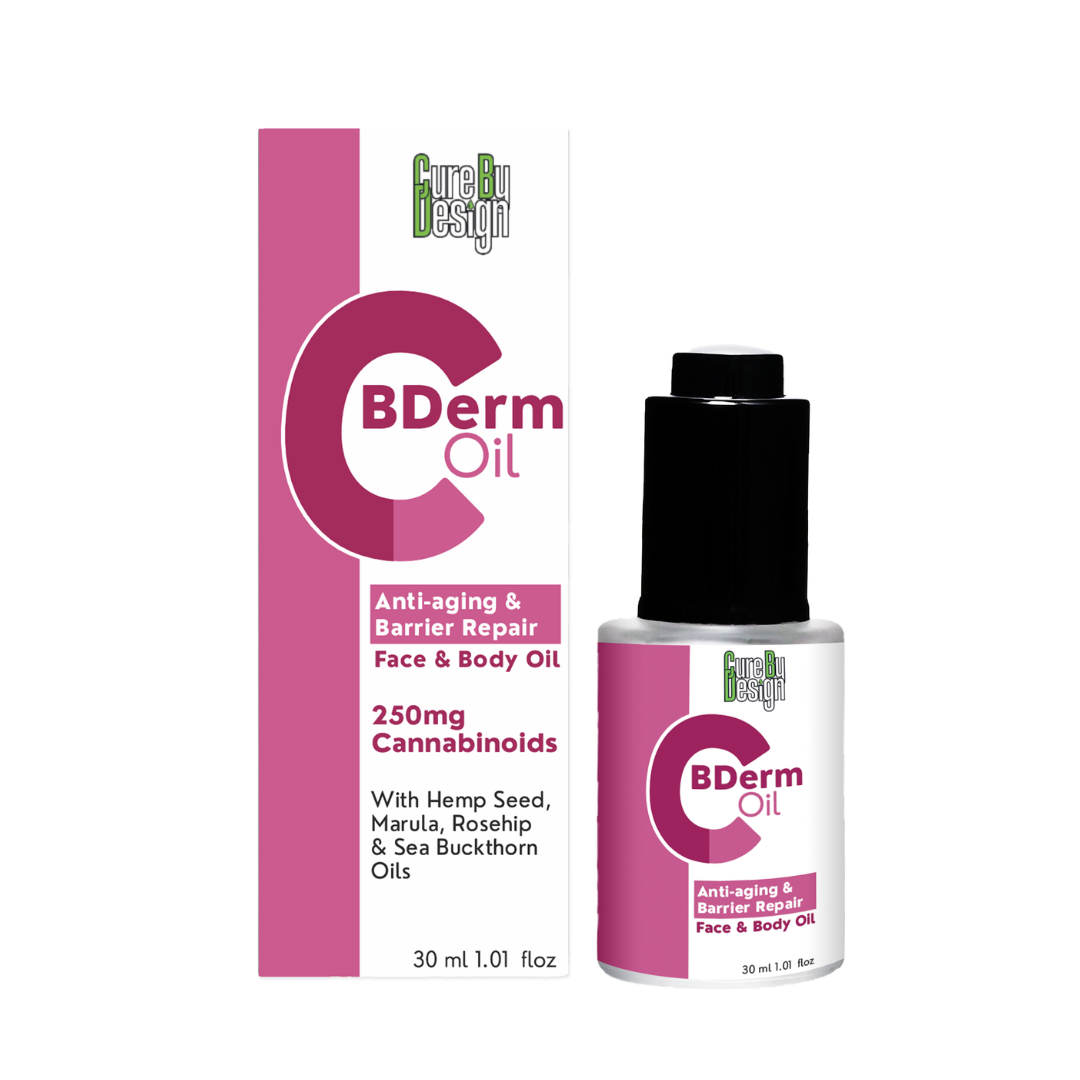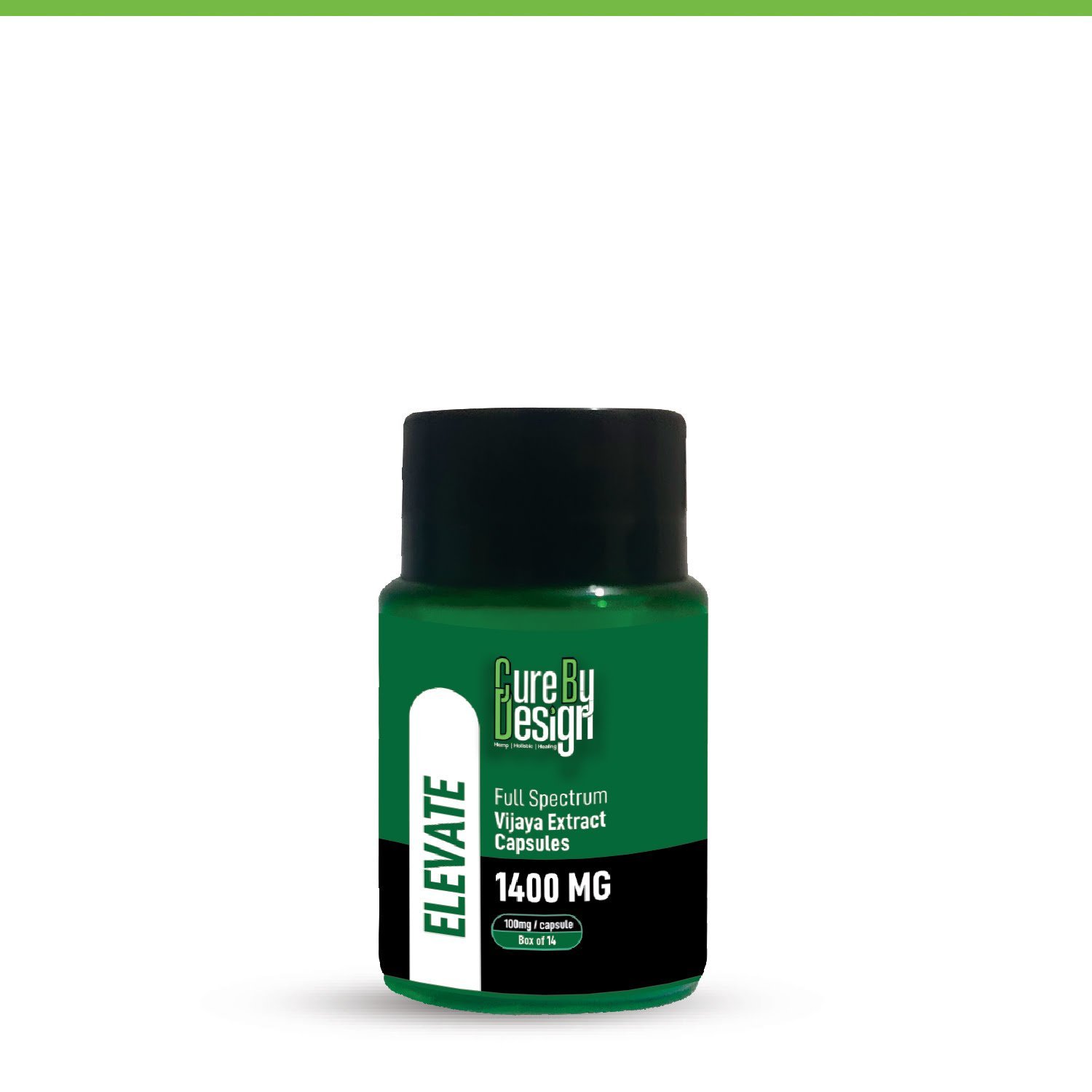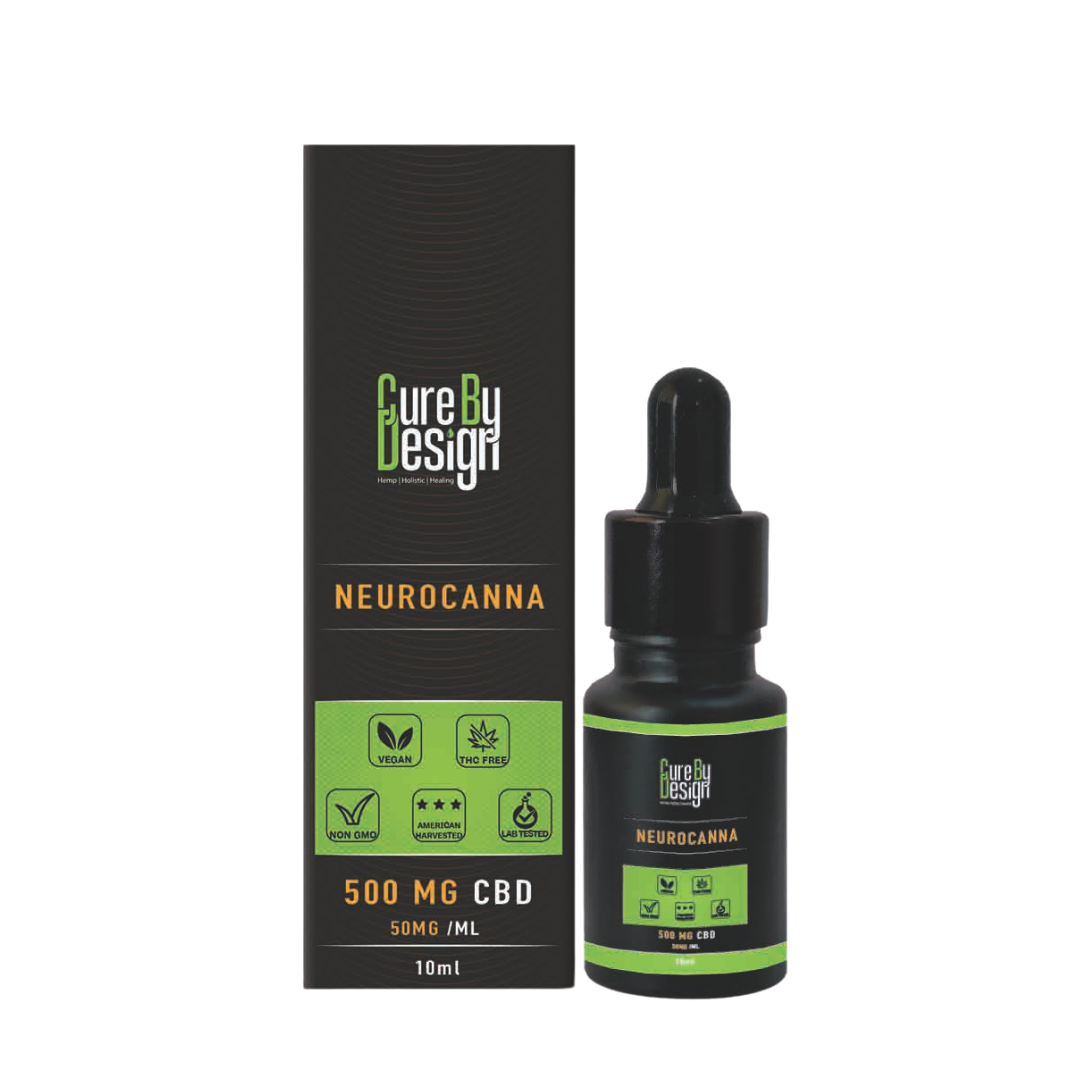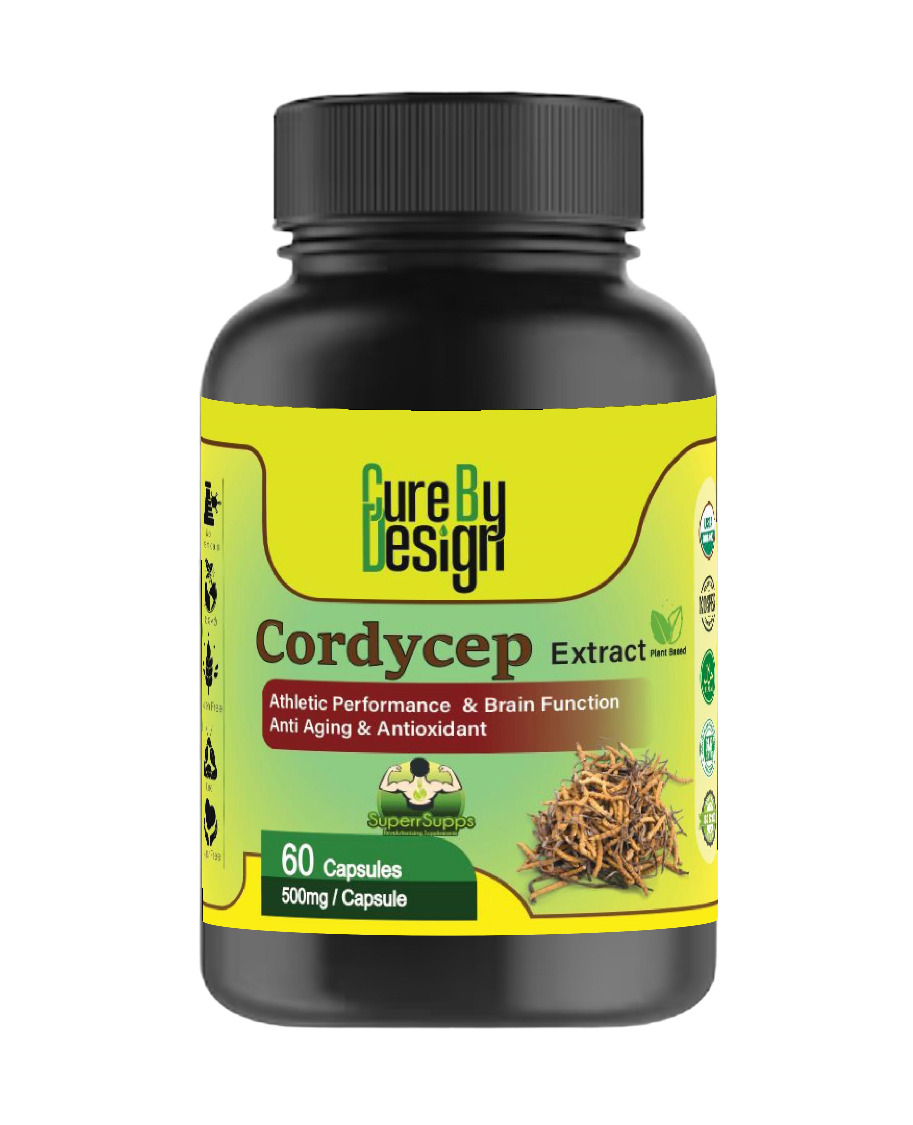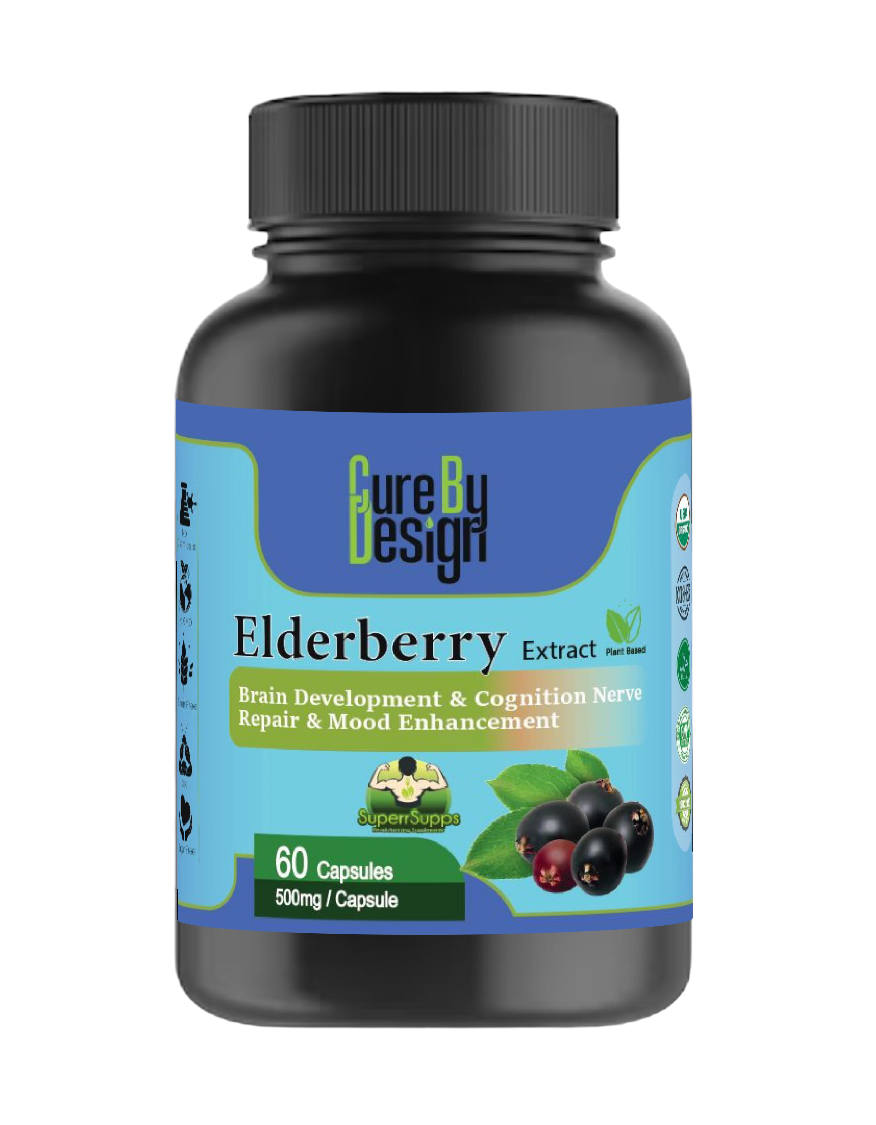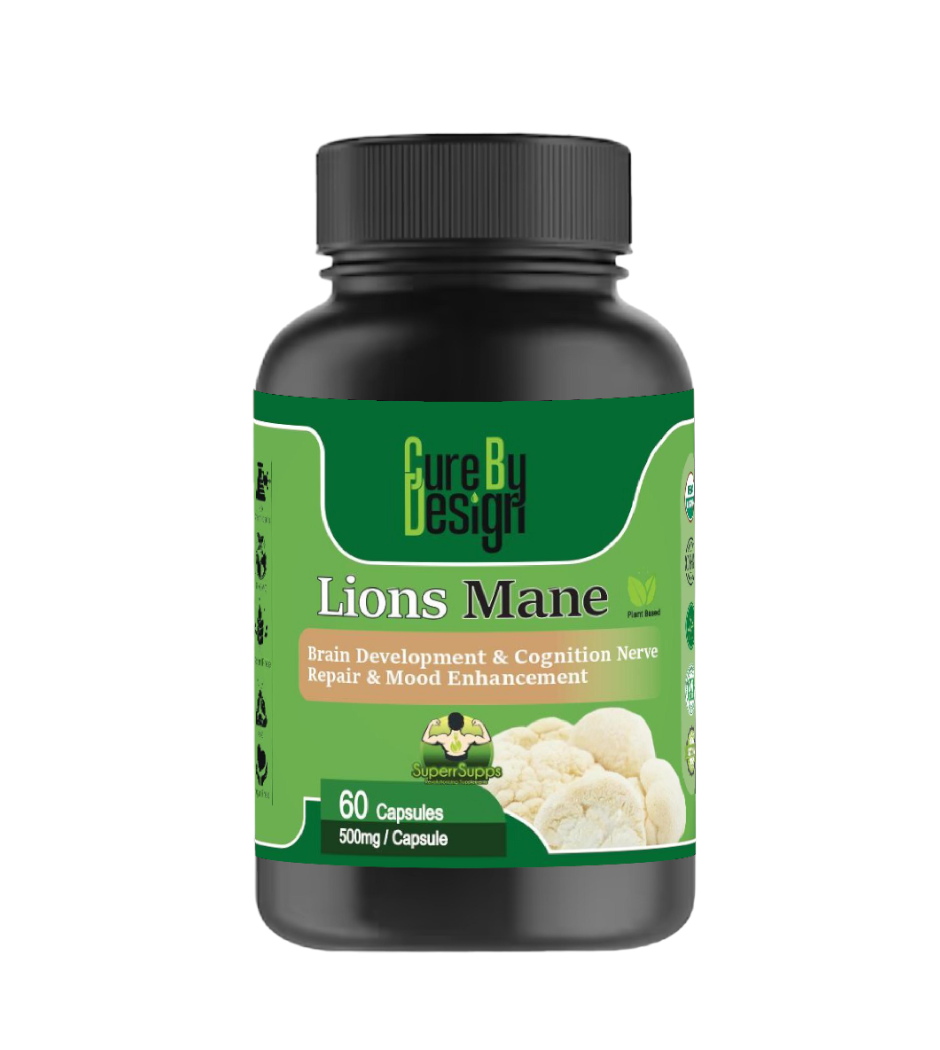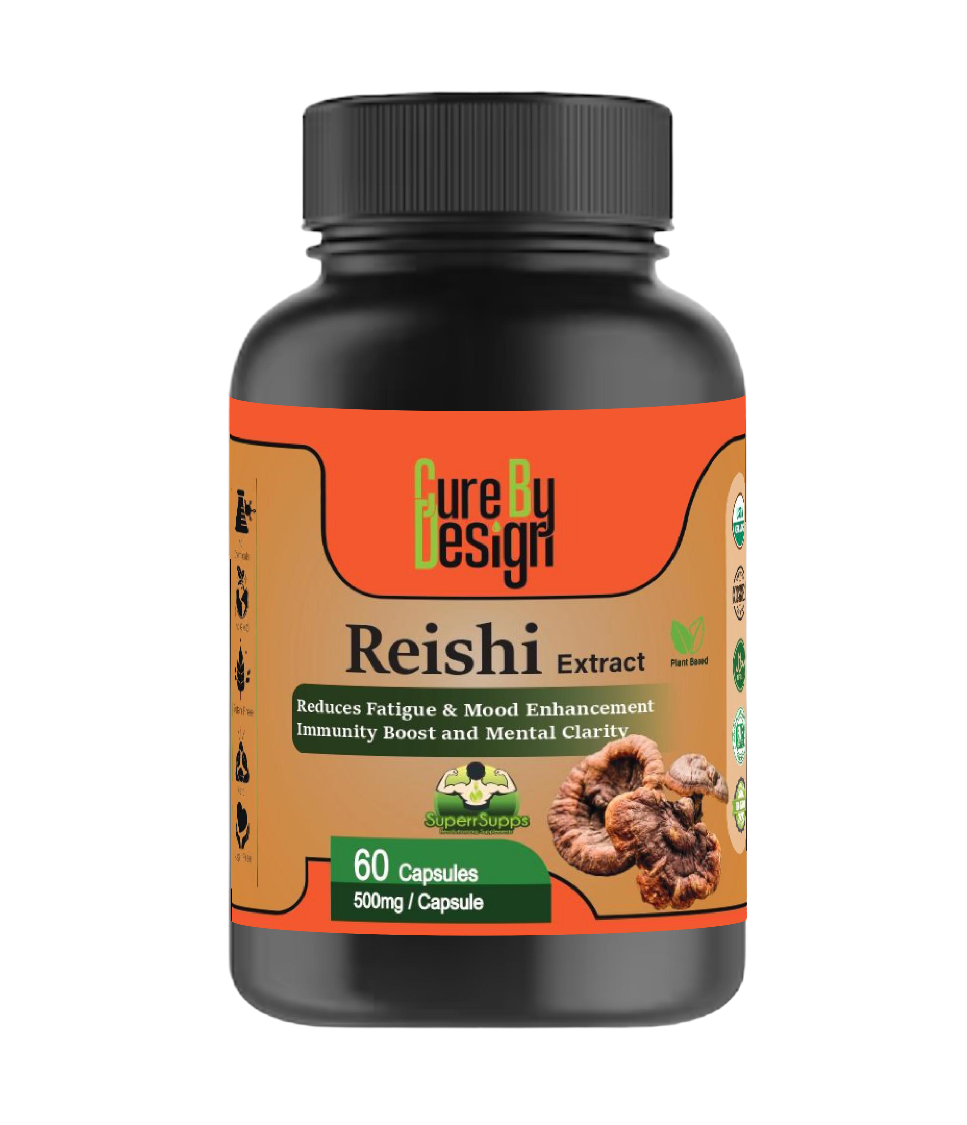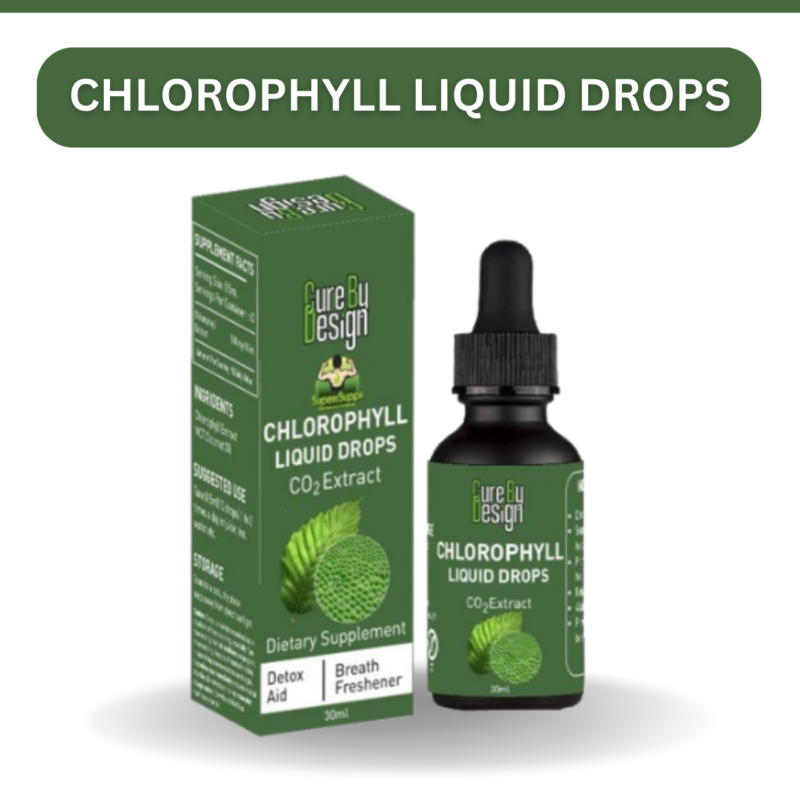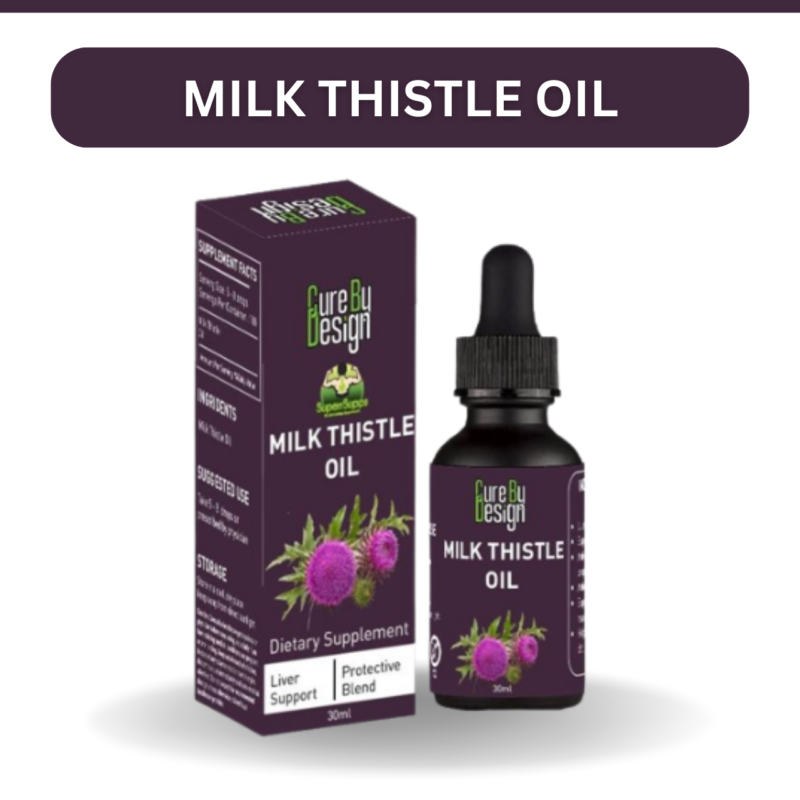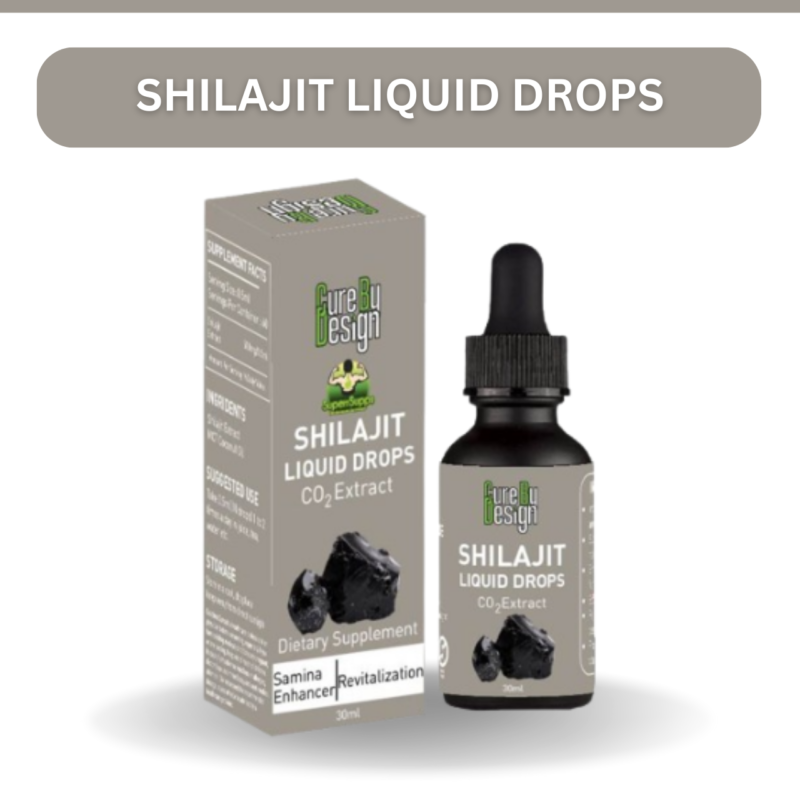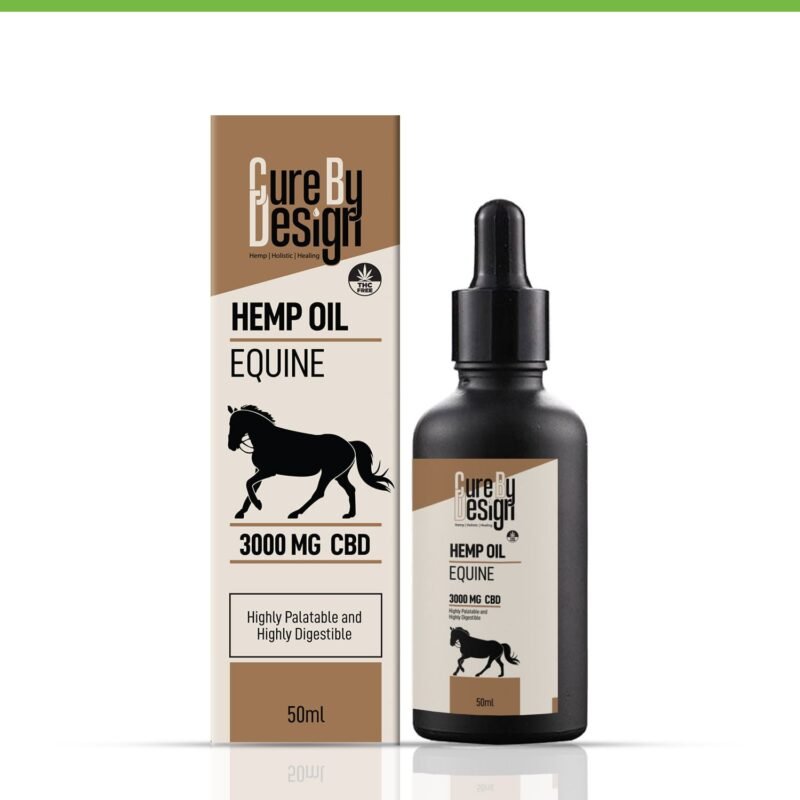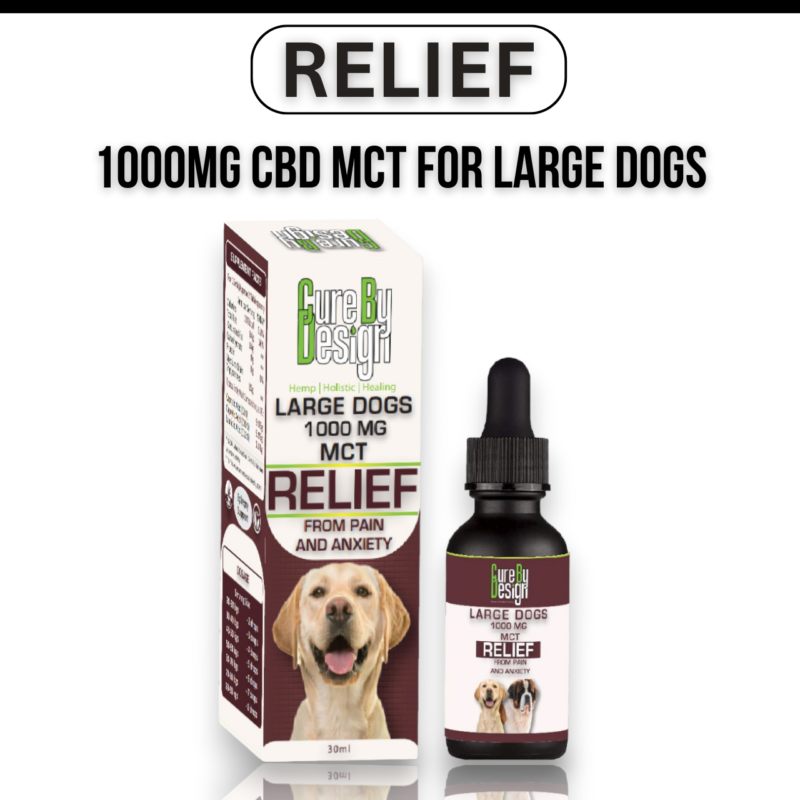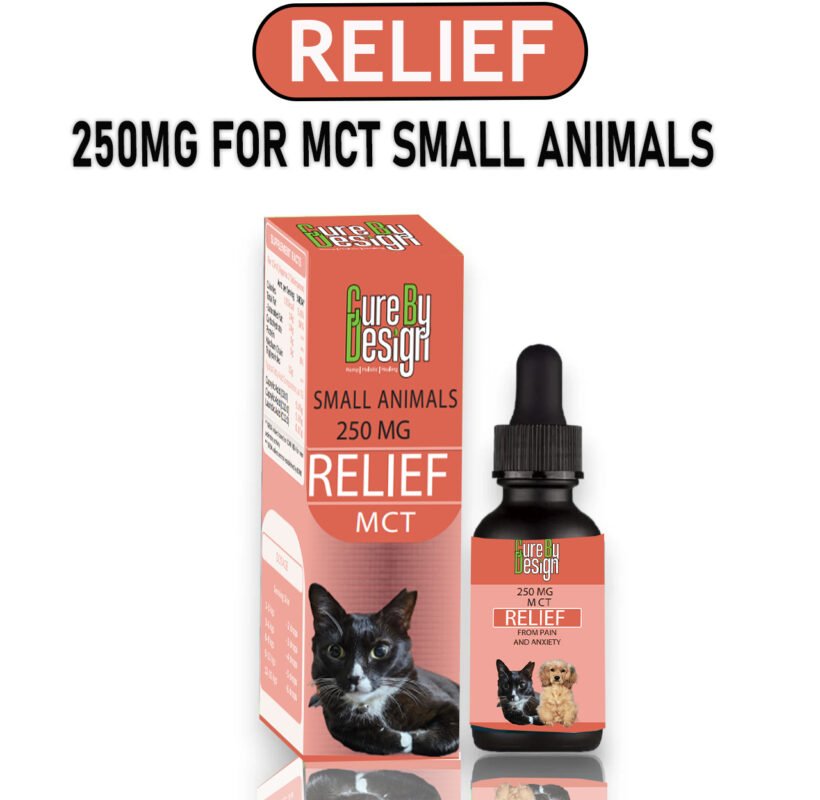How Lion’s Mane Mushroom Supports Nerve Growth and Repair in 2025
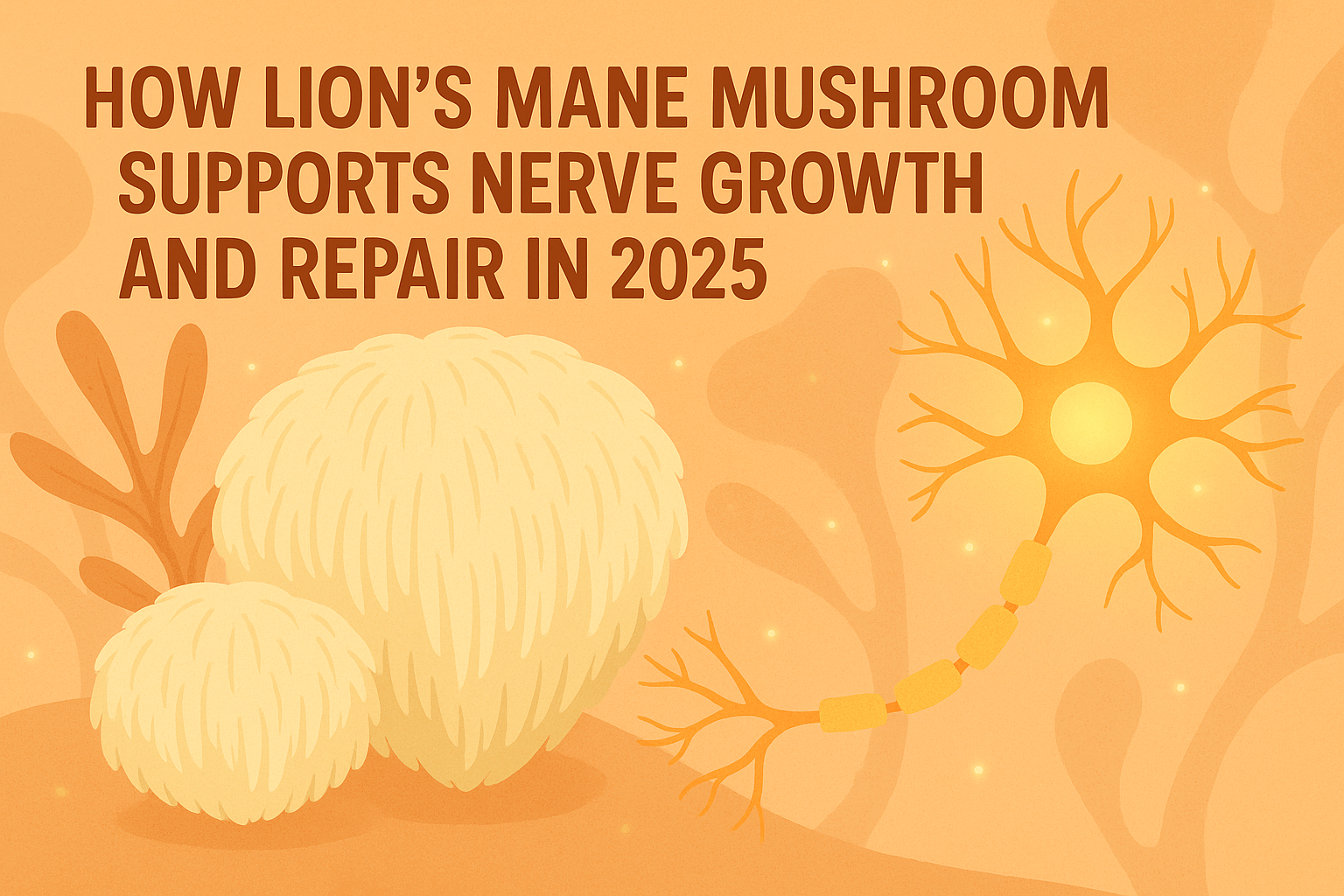
Table of Contents
- What Is Lion’s Mane Mushroom and Where Does It Come From
- Bioactive Compounds That Help Nerve Growth and Repair
- How Lion’s Mane Boosts NGF and BDNF for Nerve Health
- Cell Signals Triggered by Lion’s Mane for Neuron Growth
- Anti-Inflammatory and Antioxidant Effects on Nerves
- Neuroprotection Against Alzheimer’s and Other Damage
- Recent Studies Showing Nerve Repair Benefits
- Comparing Fruiting Body and Mycelium Extracts
- Safety Profile and Side Effects of Lion’s Mane
- Challenges and Future Research on Lion’s Mane
- Frequently Asked Questions
Lion’s Mane mushroom, a fungus native to the Northern Hemisphere, has gained attention for its ability to support nerve growth and repair. It contains key compounds called erinacines and hericenones that stimulate nerve growth factor (NGF) and brain-derived neurotrophic factor (BDNF), which help neurons grow, survive, and form connections. These compounds activate important cell signaling pathways involved in neurogenesis while reducing inflammation and oxidative stress that can damage nerves. Recent studies from 2023 to 2025 show promising effects in animal models of neurodegenerative diseases as well as improvements in cognitive function with longer human supplementation. Still, more research is needed on optimal dosing and long-term benefits.
What Is Lion’s Mane Mushroom and Where Does It Come From

Lion’s Mane mushroom, scientifically known as Hericium erinaceus, is a toothed fungus native to the Northern Hemisphere. It typically grows on hardwood trees like oak and beech, where it forms distinctive white, shaggy spines that cascade down, resembling a lion’s mane. This unique appearance makes it easy to identify in the wild. For centuries, Lion’s Mane has been valued in East Asian countries such as China, Japan, and Korea, both as a culinary delicacy and a component of traditional medicine. Its use in these cultures highlights a long-standing appreciation for its health benefits, especially for brain and nerve health. The mushroom contains two main groups of bioactive compounds: erinacines, found primarily in the mycelium (the mushroom’s root-like vegetative part), and hericenones, which are concentrated in the fruiting bodies that we see above ground. These compounds have attracted global attention because of their potential to support nerve growth and repair. Lion’s Mane can be consumed fresh, dried, or in extract form, with supplements often made from either the fruiting bodies or the mycelium grown on various substrates. While traditionally prized for taste and general wellness, modern research in 2025 focuses mostly on its neuroactive properties, exploring how it might help protect the nervous system and enhance cognitive function.
Bioactive Compounds That Help Nerve Growth and Repair

Lion’s Mane mushroom contains several key bioactive compounds that work together to support nerve growth and repair. Erinacines, found mainly in the mycelium, are cyathane diterpenoids that cross the blood-brain barrier and stimulate the production of nerve growth factor (NGF). This stimulation promotes neurite outgrowth, neurogenesis, and neuron survival, while also offering anti-inflammatory, antioxidant, and anti-apoptotic benefits that protect brain cells. Hericenones, phenolic compounds present mostly in the fruiting bodies, also boost NGF synthesis and activate signaling pathways that encourage neuronal differentiation and neurite extension. Alongside these, polysaccharides like beta-glucans contribute to immune modulation and neuroprotection, while ergothioneine acts as a powerful antioxidant reducing oxidative stress in neural tissues. Phospholipids such as dilinoleoyl-phosphatidylethanolamine (DLPE) support membrane integrity, which is essential for proper neuron function. Together, these compounds create a synergistic effect, enhancing nerve regeneration and repair more effectively than any single component alone. The concentration and balance of these bioactives depend heavily on extraction methods, which can influence the potency and profile of Lion’s Mane supplements available today.
- Erinacines are cyathane diterpenoids primarily found in the mycelium; they can cross the blood-brain barrier.
- Erinacines stimulate nerve growth factor (NGF) synthesis and support neurite outgrowth and neuron survival.
- They also exhibit anti-inflammatory, antioxidant, and anti-apoptotic properties beneficial for neuronal health.
- Hericenones are phenolic compounds mainly present in fruiting bodies and also stimulate NGF production.
- Hericenones activate signaling pathways that encourage neuronal differentiation and neurite extension.
- Polysaccharides like beta-glucans contribute to immune modulation and neuroprotection.
- Ergothioneine, an antioxidant present in Lion’s Mane, helps reduce oxidative stress in neural tissues.
- Phospholipids such as dilinoleoyl-phosphatidylethanolamine (DLPE) found in extracts support membrane integrity and neuron function.
How Lion’s Mane Boosts NGF and BDNF for Nerve Health

Lion’s Mane mushroom supports nerve growth and repair largely by increasing the production of nerve growth factor (NGF) and brain-derived neurotrophic factor (BDNF), two critical proteins for neuron health. NGF primarily activates TrkA receptors on neurons, which encourages neurite outgrowth and helps neurons survive and repair themselves. At the same time, Lion’s Mane elevates BDNF levels, which bind to TrkB receptors to enhance synaptic plasticity, neurogenesis, and regulate mood and cognition. The compounds erinacines and hericenones found in Lion’s Mane stimulate important intracellular signaling pathways such as MEK/ERK and PI3K/Akt. These pathways are essential for neuronal differentiation and growth. Additionally, these compounds promote CREB phosphorylation, which boosts gene expression linked to neuron development, while also modulating JNK signaling to support repair processes. Together, NGF and BDNF improve the formation of synapses and strengthen neural networks, helping neurons maintain long-term health and resist damage. Notably, the stimulation of these neurotrophins depends on dosage and time, with chronic use showing stronger and more sustained effects on nerve regeneration and cognitive functions.
Cell Signals Triggered by Lion’s Mane for Neuron Growth
Lion’s Mane mushroom contains key compounds, erinacines and hericenones, that activate several critical signaling pathways in neurons. These compounds stimulate the MEK/ERK pathway, which plays a central role in promoting neurite outgrowth and guiding neuronal differentiation. At the same time, the PI3K/Akt pathway is triggered, supporting cell survival and encouraging growth. Another important effect is the increase in phosphorylation of CREB, a protein that enhances the expression of genes involved in neurogenesis, helping new neurons develop and mature. Additionally, Lion’s Mane modulates JNK signaling, which influences neuronal plasticity and facilitates repair processes. Together, these pathways improve neurite extension, strengthen synaptic connections, and boost neuron survival. Beyond growth signals, Lion’s Mane compounds reduce harmful inflammation by inhibiting NF-κB activation. This lowers levels of inflammatory cytokines like IL-6, TNF-alpha, and iNOS, protecting neurons from damage caused by chronic inflammation. The mushroom’s antioxidant properties also decrease reactive oxygen species, preventing oxidative stress that can lead to neuron death. By improving mitochondrial function, Lion’s Mane ensures neurons have enough energy to survive and repair themselves. All these combined effects create a favorable environment for nerve repair and regeneration, making it a promising natural aid for supporting brain health and recovery.
Anti-Inflammatory and Antioxidant Effects on Nerves
Lion’s Mane mushroom supports nerve health partly by reducing inflammation and oxidative stress, two major factors in nerve damage and degeneration. Extracts from Lion’s Mane have been shown to lower levels of pro-inflammatory cytokines such as interleukin-6 (IL-6), tumor necrosis factor-alpha (TNF-α), and inducible nitric oxide synthase (iNOS). This reduction is linked to the inhibition of the NF-κB signaling pathway, which plays a central role in chronic inflammation within neural tissues. By calming this inflammatory response, Lion’s Mane helps prevent the ongoing damage that often leads to neurodegenerative conditions.
Beyond inflammation, Lion’s Mane is rich in antioxidants that neutralize harmful reactive oxygen species (ROS). These ROS can cause oxidative stress, which damages neurons and triggers cell death through apoptosis. The presence of ergothioneine, a powerful antioxidant found in the mushroom, adds to this neuroprotective effect by further scavenging ROS and supporting cellular defense mechanisms. This combined antioxidant and anti-inflammatory action helps preserve the structural integrity and function of neurons.
Additionally, Lion’s Mane alleviates endoplasmic reticulum (ER) stress, a cellular condition that can promote neuronal apoptosis when chronic. By reducing ER stress, the mushroom contributes to a more stable environment for nerve cells, enhancing their survival and repair capacity. Together, these anti-inflammatory and antioxidant properties create a protective setting that slows down neurodegenerative processes and supports ongoing nerve regeneration and repair.
Neuroprotection Against Alzheimer’s and Other Damage

Lion’s Mane mushroom shows promising neuroprotective effects, particularly against Alzheimer’s disease and other forms of nerve damage. Erinacine A-enriched mycelium has been found to reduce amyloid plaque buildup in Alzheimer’s mouse models, which is crucial since amyloid plaques contribute to cognitive decline. It also protects neurons from beta-amyloid toxicity, a key driver of neuron death in Alzheimer’s. Beyond Alzheimer’s, Lion’s Mane supports mitochondrial function, ensuring neurons receive the energy they need to survive and repair. It reduces apoptotic signaling, which helps prevent neuron loss during neurodegenerative processes. Another important feature is its ability to promote myelination and repair damaged nerve sheaths, improving nerve signal conduction and overall nerve function. In Parkinson’s disease models, Lion’s Mane protects neurons by modulating survival pathways, reducing neurotoxic damage. Additionally, aqueous extracts have been shown to aid regeneration of crushed peripheral nerves in animal studies, highlighting its potential for nerve injury recovery. Polysaccharides in the mushroom shield neuronal cells from amyloid beta-induced damage, while its anti-inflammatory and antioxidant properties help lower the chronic inflammation and oxidative stress linked to neurodegeneration. These combined actions suggest Lion’s Mane could slow disease progression or support nerve recovery in conditions like Alzheimer’s and Parkinson’s disease.
Recent Studies Showing Nerve Repair Benefits

Recent research highlights several promising effects of Lion’s Mane mushroom on nerve repair and cognitive function. Preclinical studies show that erinacine A, a compound from Lion’s Mane mycelium, can reduce amyloid plaque buildup and improve memory in Alzheimer’s disease mouse models. In Parkinson’s disease models, erinacine A offers protection against neurotoxicity and supports the survival of neurons. Rat studies further demonstrate that aqueous extracts of Lion’s Mane aid in the regeneration of damaged peripheral nerves, suggesting a practical role in nerve healing. Polysaccharides extracted from the mushroom have been found to protect neuronal cell cultures against toxicity caused by amyloid beta, a key factor in neurodegeneration. On the clinical side, trials with fruiting body extracts reveal that a single 3-gram dose can enhance psychomotor skills in healthy young adults, although broader cognitive or mood benefits typically require longer-term use. Indeed, chronic supplementation over several weeks to months has shown improvements in cognitive function, mood, anxiety, and sleep quality, especially in individuals with mild cognitive impairment or depression. These mood and stress reduction effects seem to depend on sustained intake rather than acute dosing. Importantly, the effectiveness of Lion’s Mane extracts varies with factors like extract type, dosage, concentration of bioactives, and treatment duration. Studies confirm that erinacines and hericenones cross the blood-brain barrier, enabling direct effects on the central nervous system. This underlines the importance of standardized extracts to ensure consistent nerve repair benefits in both research and practical applications.
Comparing Fruiting Body and Mycelium Extracts
Fruiting bodies and mycelium of Lion’s Mane mushroom differ notably in their bioactive profiles, which impacts their nerve growth and repair benefits. Fruiting bodies are richer in hericenones, compounds known to stimulate nerve growth factor (NGF) synthesis, but they generally contain lower levels of erinacines. In contrast, mycelium contains higher concentrations of erinacines, which are more potent at crossing the blood-brain barrier and strongly promoting NGF production, neurite outgrowth, and neurogenesis. This makes mycelium extracts potentially more effective for neuroregeneration.
However, regulatory restrictions in areas such as the European Union often limit the use of mycelium extracts in supplements, favoring fruiting body extracts instead due to established safety profiles. Extraction methods further influence the bioactive content: aqueous extraction tends to capture polysaccharides, which have immune-modulating and neuroprotective effects, while ethanolic extraction concentrates diterpenoids like erinacines and hericenones, enhancing nerve growth stimulation. Processing techniques like spray drying improve extract stability and ensure precise dosing.
Supplement formulations vary widely depending on whether they use fruiting body, mycelium, or a combination of both. Some products blend these parts to balance hericenone and erinacine content, aiming to optimize nerve growth support and regulatory acceptance. Understanding these differences is essential when choosing a Lion’s Mane supplement, as the choice affects not just efficacy but also safety, legal compliance, and consistency of neuroactive compounds.
Safety Profile and Side Effects of Lion’s Mane
Lion’s Mane mushroom has a strong safety profile supported by both animal studies and human clinical trials. Toxicology research in animals shows no significant toxicity or genotoxicity even at very high doses, measured in grams per kilogram of body weight. In humans, clinical trials consistently report good tolerability with minimal adverse effects. Most users experience no serious side effects when taking recommended doses daily. Allergic reactions are rare but can occur in sensitive individuals, so caution is advised for those with known mushroom allergies. Some people might experience mild gastrointestinal discomfort, such as bloating or nausea, but this is uncommon and usually resolves on its own. While long-term safety data is limited, current evidence is reassuring and does not indicate any major health risks associated with prolonged use. Interactions between Lion’s Mane and other medications have not been extensively studied, but available information suggests minimal risk of significant interactions. Because supplement quality can vary widely, it is important to select products from reputable manufacturers that provide standardized extracts. This standardization helps ensure consistent dosing and safety. Overall, Lion’s Mane is considered safe for daily use within recommended guidelines, making it a suitable option for supporting nerve health and cognitive function.
Challenges and Future Research on Lion’s Mane

Despite promising results in nerve growth and repair, Lion’s Mane mushroom research still faces significant challenges. One major limitation is the lack of large-scale, well-powered randomized controlled trials in humans, which makes it difficult to draw definitive clinical conclusions. The pharmacokinetics and bioavailability of its key bioactive compounds, erinacines and hericenones, remain underexplored in humans, leaving optimal dosing strategies unclear. Additionally, supplement standardization is a concern since varying extraction methods and source materials (fruiting body versus mycelium) result in inconsistent bioactive concentrations. Future research needs to address these issues by developing standardized, high-quality formulations with improved extraction techniques that enhance stability and efficacy. There is also a need to investigate the molecular mechanisms of Lion’s Mane compounds in greater detail to clarify their therapeutic targets. Another promising area is the study of synergistic effects when combined with other neuroprotective agents. Long-term studies are essential to understand how Lion’s Mane influences the progression of neurodegenerative diseases and its potential benefits for nerve repair after injury or in peripheral neuropathies. Furthermore, understanding individual variability in response to supplementation could pave the way for personalized treatment approaches. Overall, addressing these gaps will be critical to harnessing the full therapeutic potential of Lion’s Mane mushroom in nerve health.
Frequently Asked Questions
1. How does Lion’s Mane mushroom promote nerve growth in the brain?
Lion’s Mane mushroom contains compounds called hericenones and erinacines that stimulate the production of nerve growth factor (NGF). NGF is important because it helps support the growth and maintenance of neurons, which are vital for brain health and nerve regeneration.
2. Can Lion’s Mane mushroom help repair nerve damage after an injury?
Research suggests that Lion’s Mane mushroom may support nerve repair by encouraging nerve regeneration and reducing inflammation. While it’s not a cure, its compounds seem to promote the healing process and improve recovery outcomes when nerves are damaged.
3. What role do antioxidants in Lion’s Mane play in nerve health?
Lion’s Mane mushroom is rich in antioxidants that protect nerve cells from damage caused by oxidative stress. This protective effect helps maintain healthy nerves and may slow down the degeneration seen in conditions affecting the nervous system.
4. Is the nerve growth support from Lion’s Mane effective for both the central and peripheral nervous system?
Studies indicate that Lion’s Mane compounds influence nerve growth in both the central nervous system (brain and spinal cord) and the peripheral nervous system (nerves outside the brain and spinal cord). This means it potentially supports overall nerve health and repair across the body.
5. How does Lion’s Mane mushroom affect cognitive function related to nerve growth?
By promoting nerve growth factor production and protecting neurons, Lion’s Mane mushroom can support improved cognitive functions such as memory, focus, and mental clarity. Enhanced nerve connections from its effects may lead to sharper brain performance over time.
TL;DR Lion’s Mane mushroom supports nerve growth and repair mainly through compounds called erinacines and hericenones, which boost nerve growth factor (NGF) and brain-derived neurotrophic factor (BDNF). These compounds help neuron survival, promote new growth, and protect nerves from inflammation and oxidative stress. Research from 2023 to 2025 shows promising effects in preclinical models and some cognitive and mood benefits in humans, especially with long-term use. Extract types (mycelium vs. fruiting body) affect bioactive content, and safety profiles look good so far. More large clinical trials and standardization are needed to fully understand and harness its therapeutic potential by 2025 and beyond.

